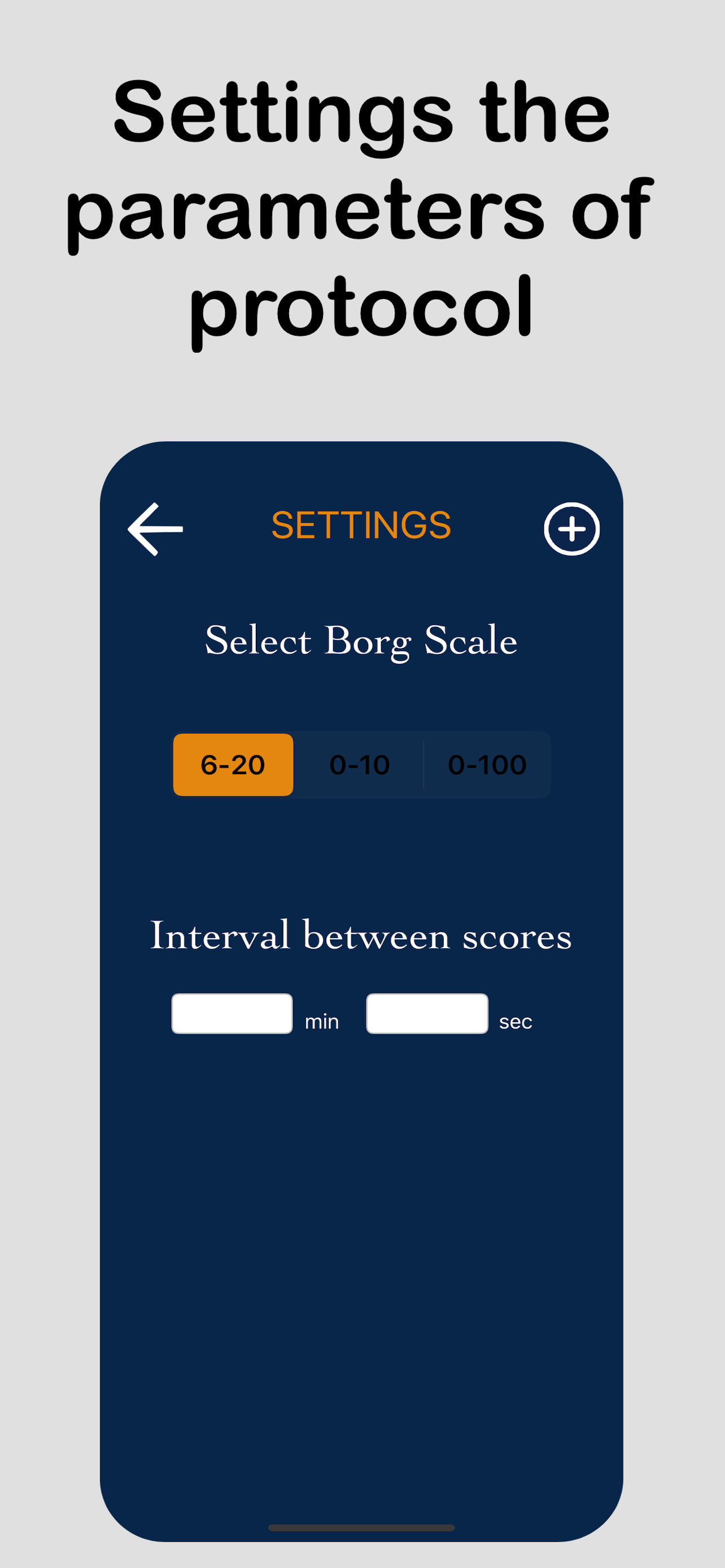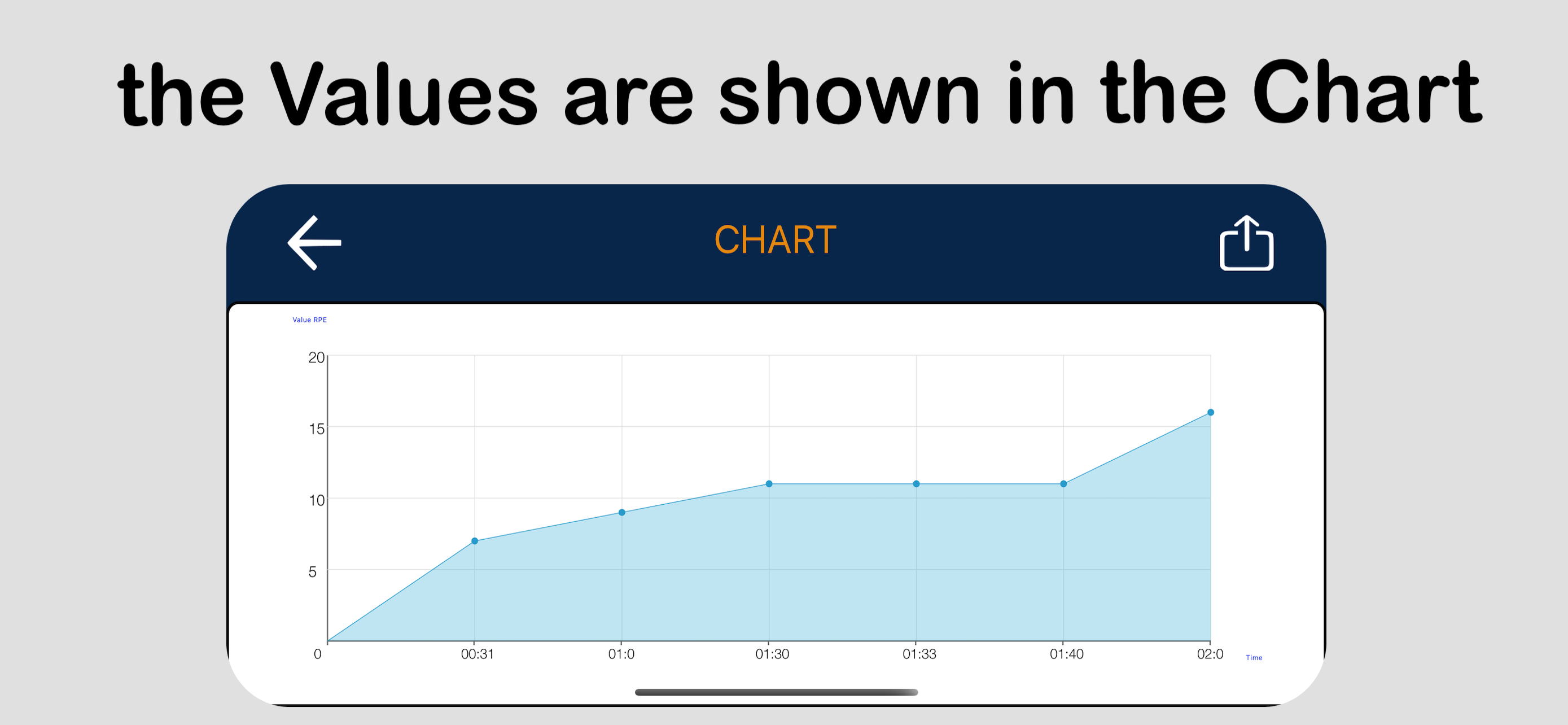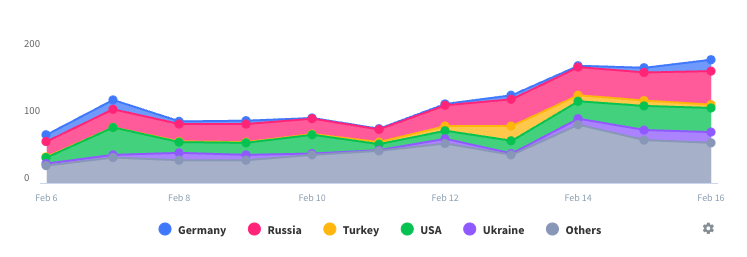Приложение временно недоступно

RPE BorgScale PRO
Разработчик: Unknown
Описание
In sports and particularly exercise testing, the Borg Rating of Perceived Exertion (RPE) Scale measures perceived exertion. In medicine this is used to document the patient's exertion during a test, and sports coaches use the scale to assess the intensity of training and competition. The original scale introduced by Gunnar Borg rated exertion on a scale of 6-20. Borg then constructed a category (C) ratio (R) scale, the Borg CR10 Scale. This is especially used in clinical diagnosis of breathlessness and dyspnea, chest pain, angina and musculo-skeletal pain. The CR-10 scale is best suited when there is an overriding sensation arising either from a specific area of the body, for example, muscle pain, ache or fatigue in the quadriceps or from pulmonary responses.
The Borg scale can be compared to other linear scales such as the Likert scale or a visual analogue scale. The sensitivity and reproducibility of the results are broadly very similar, although the Borg may outperform the Likert scale in some cases.
The seemingly odd range of 6-20 is to follow the general heart rate of a healthy adult by multiplying by 10. For instance, a perceived exertion of 12 would be expected to coincide with a heart rate of roughly 120 beats per minute.
Protocols:
- [6-20]
- [0-10]
- [0-100]
Execution:
After adding subject's information, select protocol type and choose your time interval between rates.
To make the test run more precise, it was introduced a voice command, which will notify the exact moment to enter the value.
Скрыть
Показать больше...
The Borg scale can be compared to other linear scales such as the Likert scale or a visual analogue scale. The sensitivity and reproducibility of the results are broadly very similar, although the Borg may outperform the Likert scale in some cases.
The seemingly odd range of 6-20 is to follow the general heart rate of a healthy adult by multiplying by 10. For instance, a perceived exertion of 12 would be expected to coincide with a heart rate of roughly 120 beats per minute.
Protocols:
- [6-20]
- [0-10]
- [0-100]
Execution:
After adding subject's information, select protocol type and choose your time interval between rates.
To make the test run more precise, it was introduced a voice command, which will notify the exact moment to enter the value.
Скриншоты
RPE BorgScale PRO Частые Вопросы
-
Приложение RPE BorgScale PRO бесплатное?
Да, RPE BorgScale PRO полностью бесплатное и не содержит встроенных покупок или подписок.
-
Является ли RPE BorgScale PRO фейковым или мошенническим?
Недостаточно отзывов для надежной оценки. Приложению нужно больше отзывов пользователей.
Спасибо за ваш голос -
Сколько стоит RPE BorgScale PRO?
Приложение RPE BorgScale PRO бесплатное.
-
Сколько зарабатывает RPE BorgScale PRO?
Чтобы получить оценку дохода приложения RPE BorgScale PRO и другие данные AppStore, вы можете зарегистрироваться на платформе мобильной аналитики AppTail.

Оценки пользователей
Приложение еще не оценено в Тайвань.

История оценок
RPE BorgScale PRO Отзывы Пользователей
Нет отзывов в Тайвань
Приложение пока не имеет отзывов в Тайвань.
RPE BorgScale PRO Установки
30дн.RPE BorgScale PRO Доход
30дн.RPE BorgScale PRO Доходы и Загрузки
Получите ценные инсайты о производительности RPE BorgScale PRO с помощью нашей аналитики.
Зарегистрируйтесь сейчас, чтобы получить доступ к статистика загрузок и доходов и многому другому.
Зарегистрируйтесь сейчас, чтобы получить доступ к статистика загрузок и доходов и многому другому.
AppTail.







